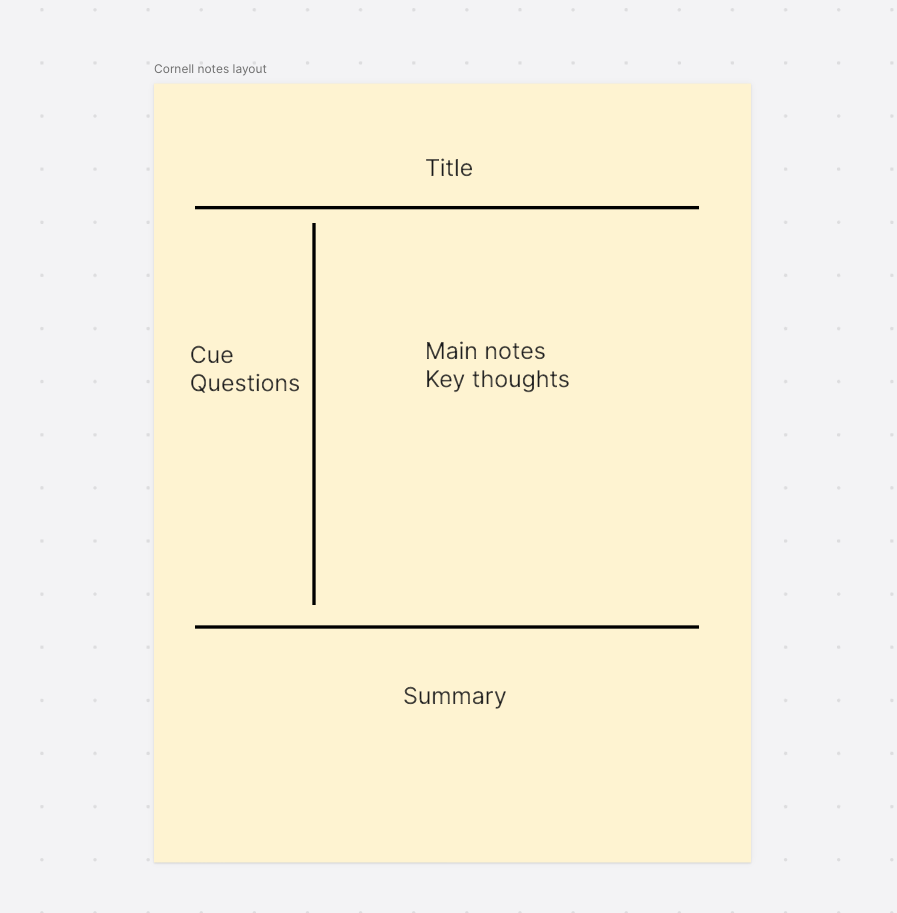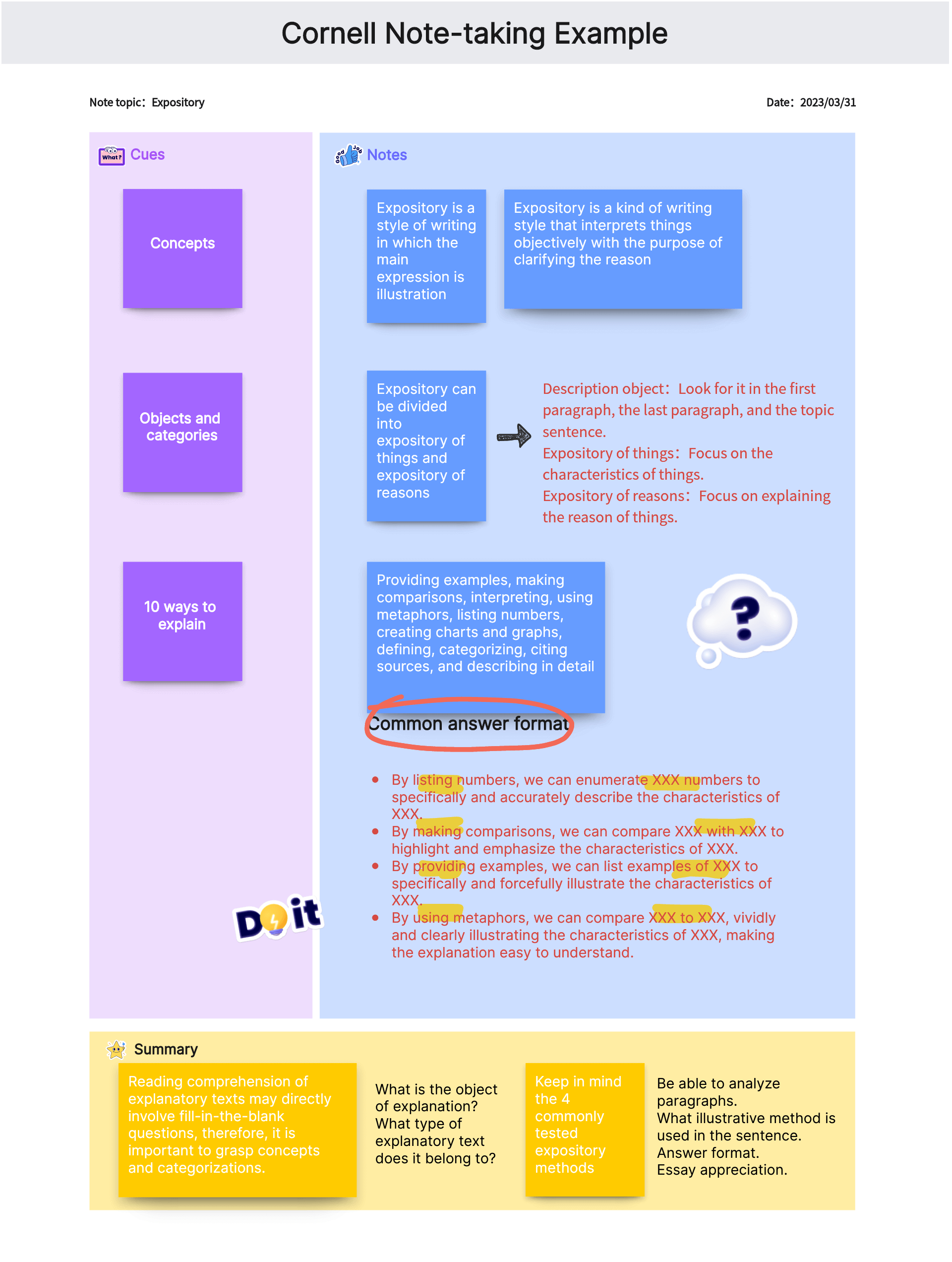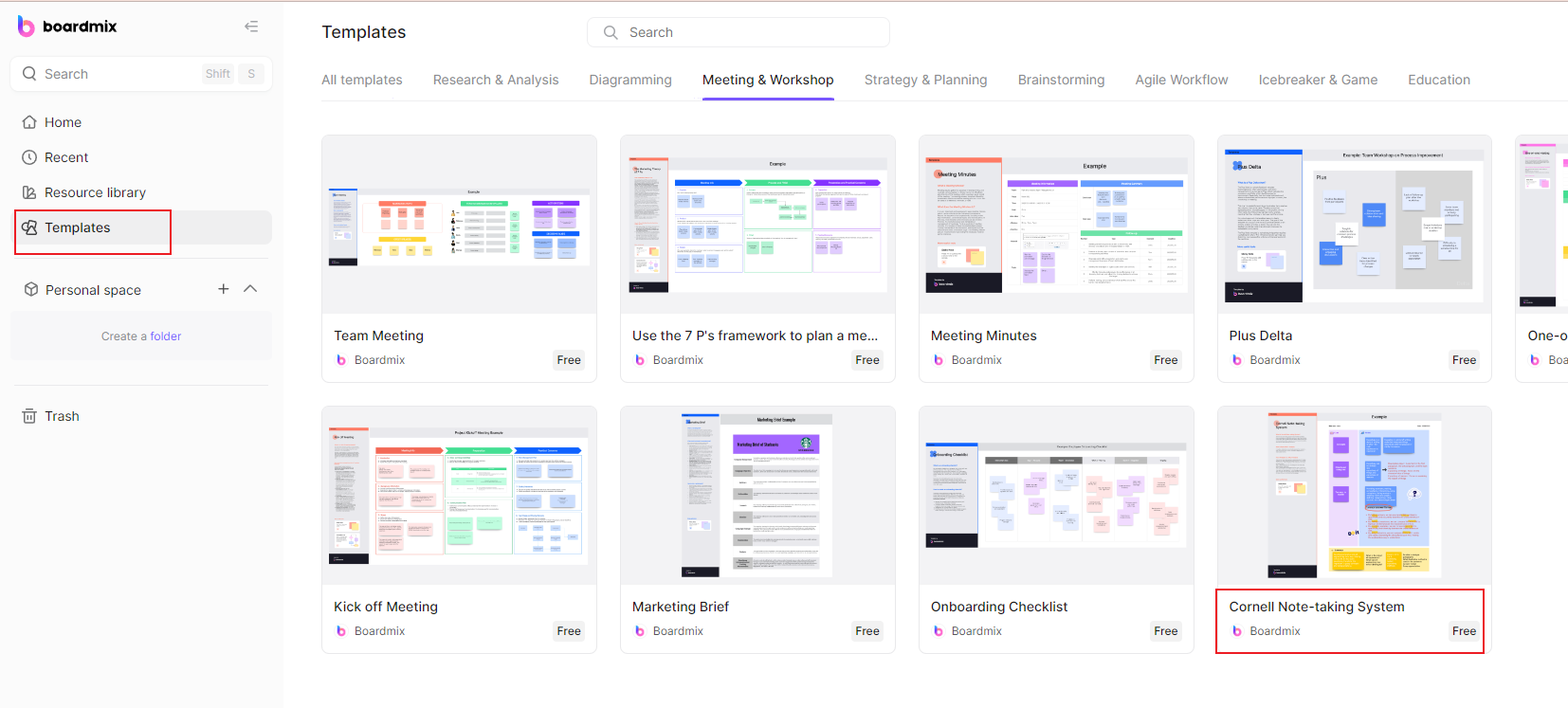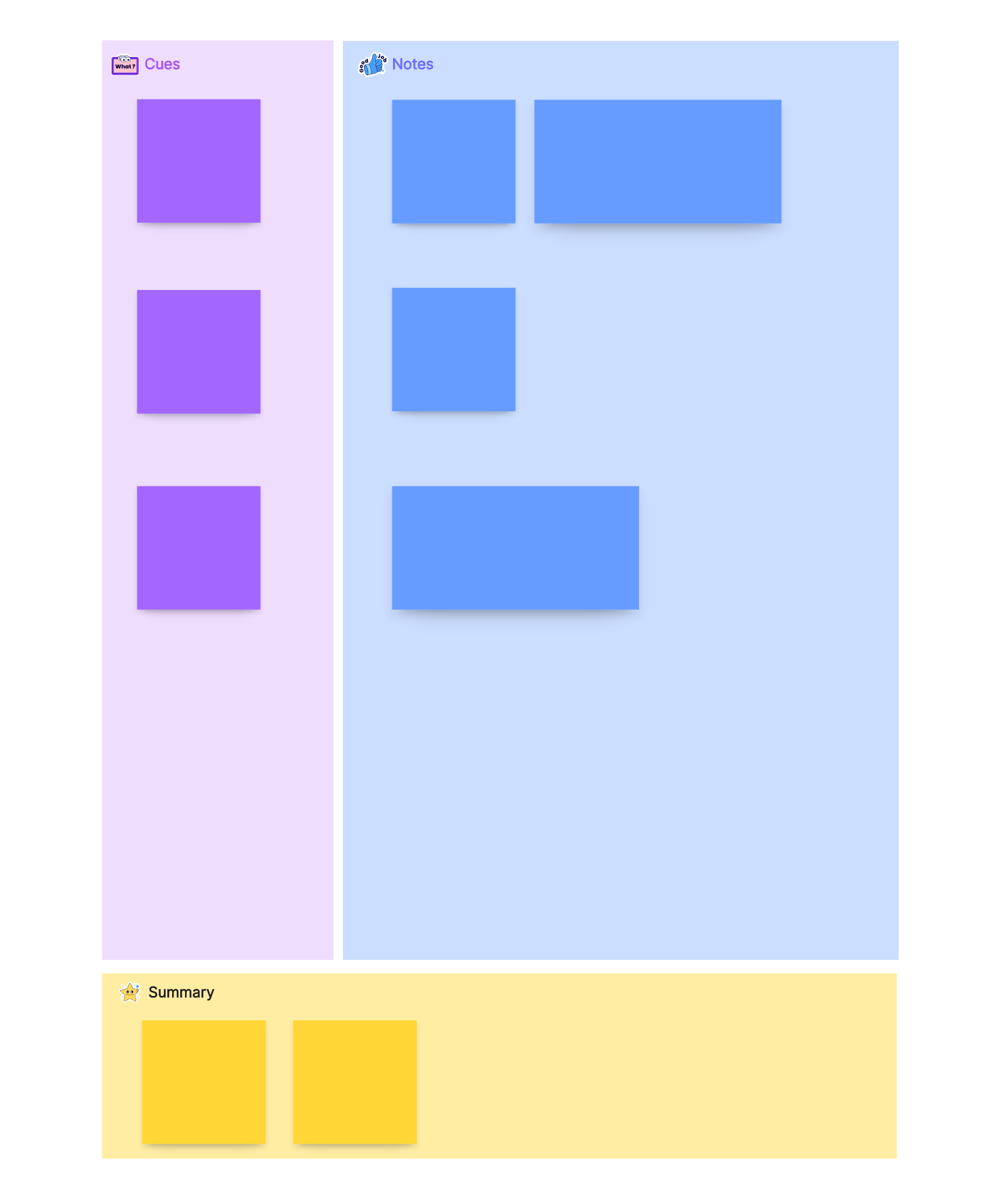Note-taking is an indispensable skill that serves as a cornerstone for success, not only for students but also for professionals and lifelong learners. Among various note-taking methods, the Cornell note-taking system stands out due to its unique structure and effectiveness in enhancing comprehension and retention of information. This comprehensive guide aims to provide you with a clear understanding of what the Cornell note-taking method is, how it can be effectively implemented, and how it can transform your learning or professional development journey. Let's delve into this powerful technique that can revolutionize your approach to capturing and reviewing important information.
Part 1. What Is the Cornell Note-taking Method?
The Cornell note-taking method, developed by Walter Pauk at Cornell University in the 1940s, is a strategic and systematic format designed to condense and organize notes efficiently. This method eliminates the need for laborious recopying, thereby saving valuable time and effort. It encourages active engagement with the material by prompting you to process information rather than merely transcribing it verbatim. The structure of this method facilitates easy review and aids in better retention of information. Its effectiveness lies in its simplicity and adaptability, making it a popular choice among students, educators, professionals, and anyone seeking to enhance their note-taking skills.
Part 2. How to do Cornell Notes Step by Step?
the Cornell note-taking method is more than just a way to jot down information. It's a comprehensive system designed to enhance your understanding and retention of the material. It encourages active learning by prompting you to process and summarize information, rather than passively copying it down. Now that we've set the stage, let's walk through the step-by-step process of implementing this effective note-taking strategy.
1. Begin by dividing your paper into three distinct sections: a narrow left column, a wider right column, and a section at the bottom of the page. This layout is integral to the Cornell method and serves specific functions in the note-taking process.
2. As you engage with the lecture or reading material, actively listen or read for main ideas, key points, and important details. Jot these down in concise phrases or keywords in the right column - this is your note-taking area where you capture information in real-time.
3. After the lecture or reading session, revisit your notes and distill them into succinct cues or questions in the left column. This step encourages you to process and understand the information rather than just copying it down verbatim.
4. Lastly, synthesize all your notes from that session or topic into a brief summary at the bottom of each page. This summary should encapsulate all key points discussed and provide an overview of what was learned.
This systematic approach not only organizes your notes but also makes reviewing them more effective as it prompts recall and reinforces understanding of the material covered.
Part 3. How to Easily Use Cornell Note-Taking with Boardmix
Boardmix takes your note-taking experience to another level by providing an online platform perfect for implementing the Cornell system digitally! With our intuitive interface and variety of templates designed specifically for this method, mastering efficient note-taking has never been easier!
Step-by-step guide to use Cornell note-taking method with Boardmix:
1. Sign up or login to Boardmix.
2. Go to Templates and choose Cornell Note-taking System.
3. Click Use to apply this template.
4. You can have a look at the introduction and example of Cornell note-taking method at left and then start your note-taking at right.
FAQs about Cornell Note-Taking Method
1. What is the Cornell notes format?
The Cornell format entails partitioning your note page into three distinct sections: a column for cues/questions, another for detailed notes, and a summary section at the bottom. This layout fosters organized note-taking and promotes effective learning.
2. How are notes written using the Cornell method?
In the Cornell method, notes are penned during class or while reading in succinct phrases rather than full sentences. This approach facilitates efficient capture of key points and promotes swift information processing.
3. What are the six components of Cornell notes?
The Cornell method comprises six components: a section for the name, course, and date to keep your notes organized; a cues/questions section to jot down key points or queries; a note-taking area for detailed information; a summary area to consolidate your understanding; an optional study column for additional insights or comments; and an optional reference space for citing sources or adding relevant links. Each component plays a unique role in enhancing the effectiveness of your note-taking process.
4. What are the 5 R's of Cornell Notes?
The 5 R's of Cornell Notes are a systematic approach to effective note-taking and learning. They include:
- Record: This is the initial phase where you jot down key points and ideas during the lecture or while reading, using brief phrases instead of complete sentences for efficiency.
- Reduce: Post-lecture, you condense these notes into concise cues or questions in the left column. This step helps in identifying main ideas and promotes active engagement with the material.
- Recite: Here, you cover your detailed notes and try to recite the information using only your cues as prompts. This practice reinforces memory retention and enhances understanding.
- Reflect: In this stage, you ponder over the material, draw connections between concepts, and reflect on its significance or application. This deep thinking process fosters a comprehensive understanding of the subject matter.
- Review: Finally, regular review of your notes is crucial for long-term retention of information. It allows for continuous refinement of understanding over time and prepares you for future assessments or applications.
5. What are disadvantages of Cornell notes?
While the Cornell method proves effective for many, some individuals may initially find it time-consuming until they become accustomed to its structure. Additionally, those who prefer visual or non-linear information might find this method less accommodating to their learning style.
Conclusion
Mastering potent note-taking strategies, such as the Cornell method, can dramatically boost your learning efficiency and memory retention over time. This technique transforms your approach to studying, promoting active engagement with the material. Coupled with innovative tools like Boardmix, which offers a user-friendly platform for digital note-taking, you're not just prepared but empowered for academic success. These resources streamline the process of capturing, organizing and reviewing information, making learning more effective and enjoyable. So why wait? Harness the power of efficient note-taking and elevate your learning experience today!








